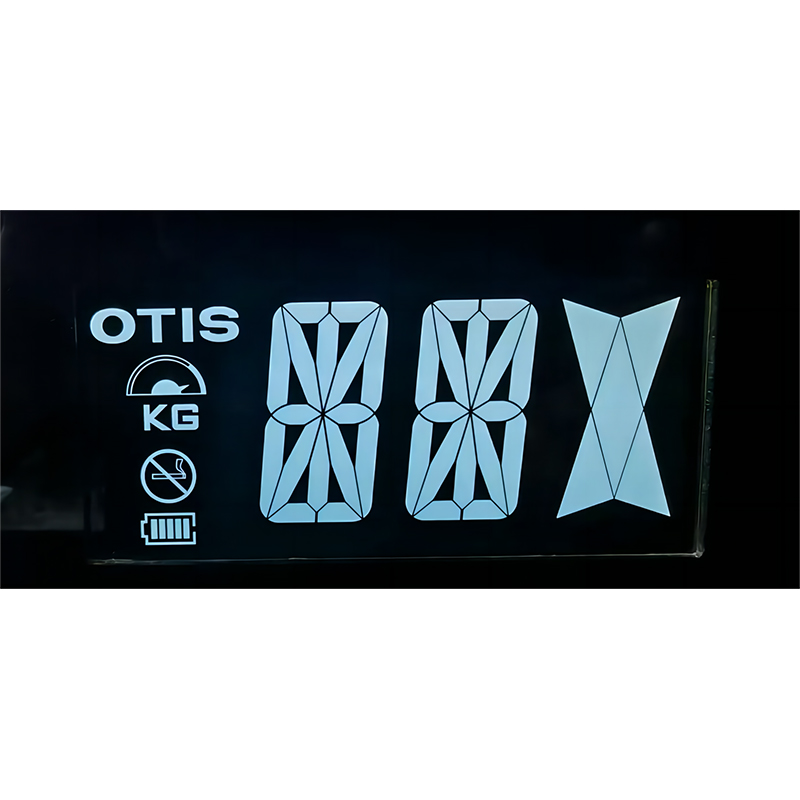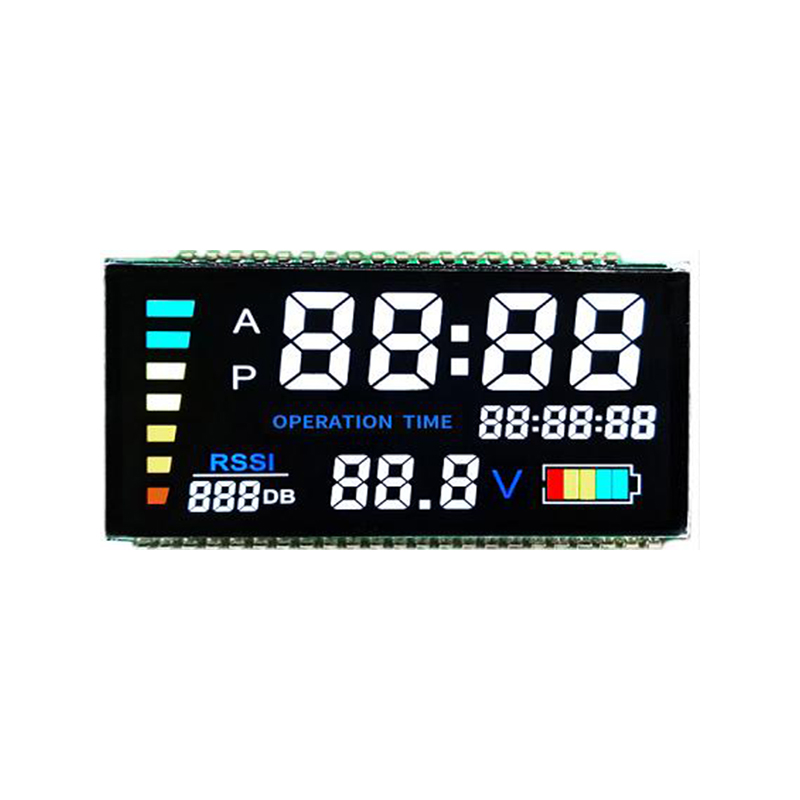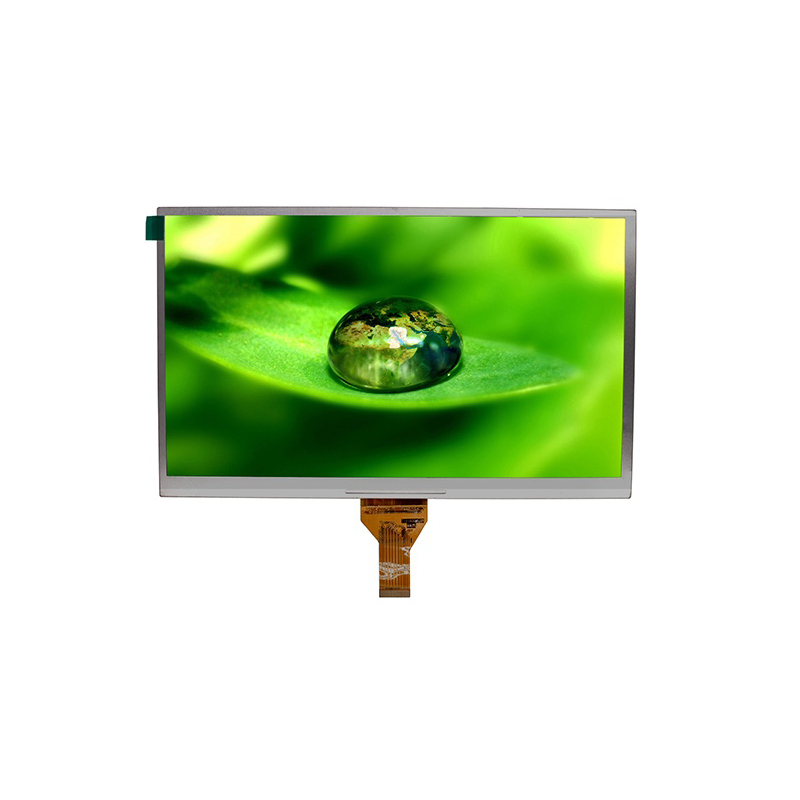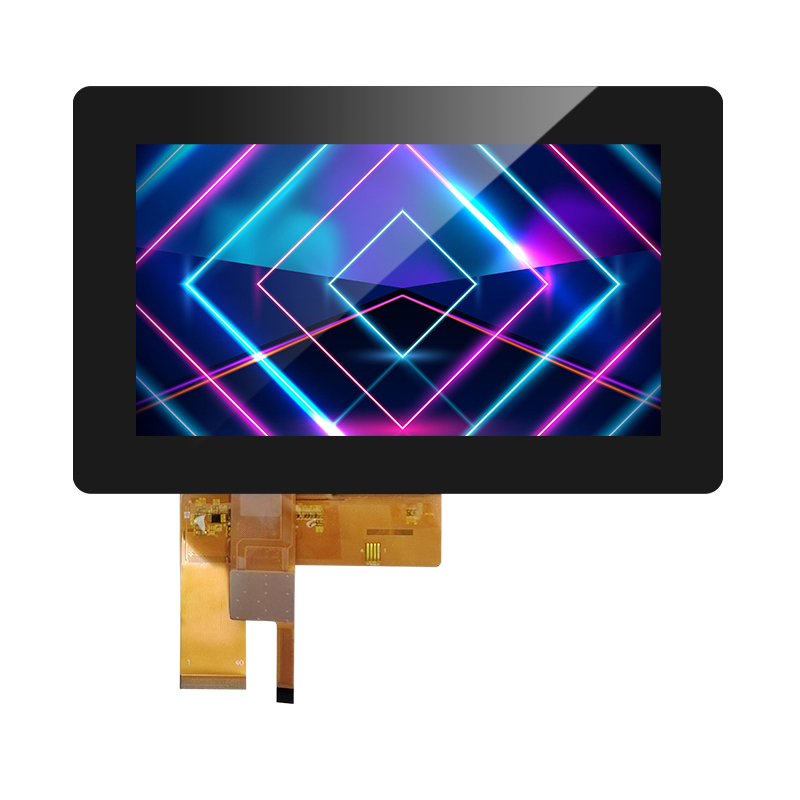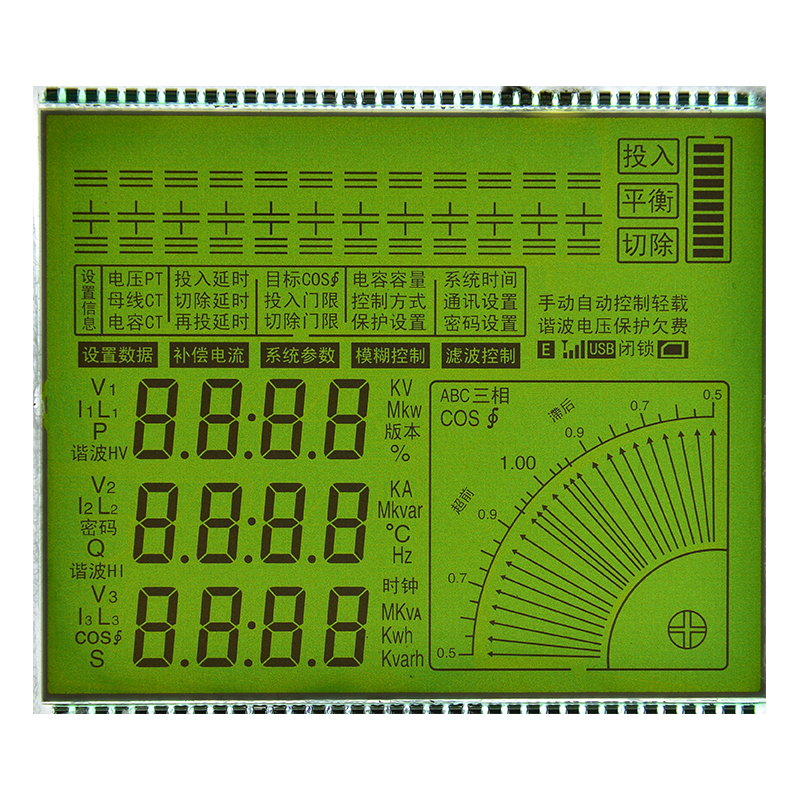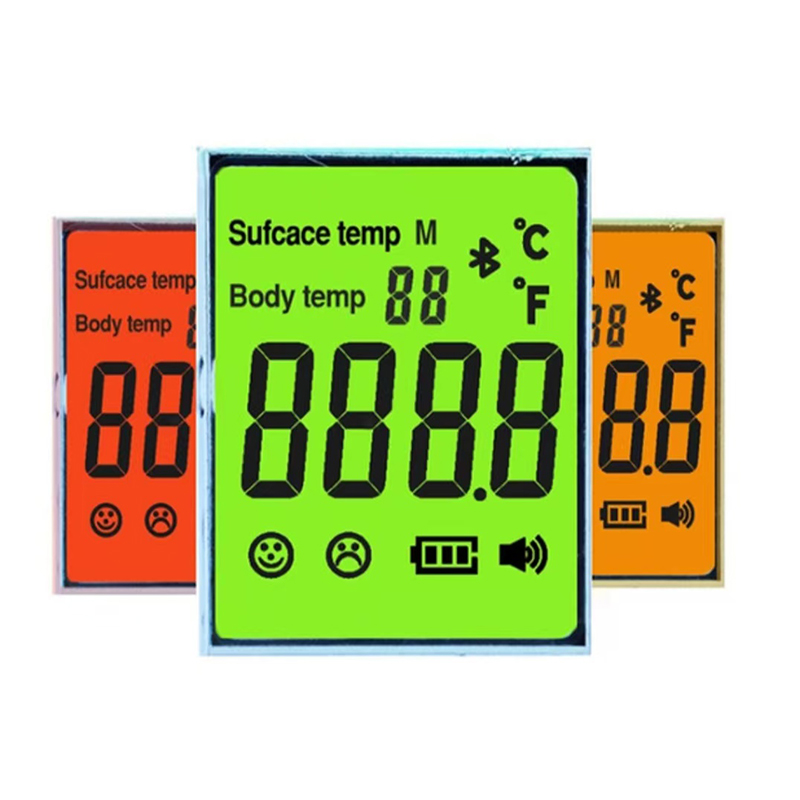
HTN LCDs, or High Temperature Normal LCDs, are a specialized type of liquid crystal display designed to operate reliably in high-temperature environments. Unlike standard LCDs, which can suffer performance degradation or failure at elevated temperatures, HTN LCDs maintain their functionality and visual clarity even under extreme heat. This makes them ideal for applications where high-temperature resistance is critical.
The defining feature of an HTN LCD is its extended operating temperature range. While standard LCDs typically function within a limited temperature window, HTN LCDs can operate effectively at much higher temperatures, often exceeding 85°C or even higher, depending on the specific model and manufacturer. This wide operating temperature range is crucial for applications in harsh environments.
The contrast ratio and viewing angle of an HTN LCD can vary depending on the specific design and manufacturing process. Generally, HTN LCDs offer a decent contrast ratio and viewing angle suitable for their intended applications. However, these parameters may not be as superior as those found in high-end LCDs designed for consumer electronics.
The response time of an HTN LCD is another factor that varies depending on the specific design. Generally, the response time might be slower compared to LCDs optimized for fast-paced applications like gaming. However, for industrial applications where image refresh rate is less critical, this is often not a significant limitation.
The high-temperature tolerance of HTN LCDs makes them particularly suitable for a variety of industrial applications:
HTN LCDs are frequently used in industrial control panels, machinery displays, and monitoring systems where high temperatures are common. Their reliability in harsh environments ensures consistent performance and minimizes downtime.
In the automotive sector, HTN LCDs find applications in dashboards, instrument clusters, and other components exposed to high temperatures under the hood or in direct sunlight.
Some medical devices and equipment may require displays capable of withstanding sterilization processes or high operating temperatures, making HTN LCDs a viable option.
Here's a comparison of HTN LCDs with other LCD types:
| Feature | HTN LCD | Standard LCD | TN LCD |
|---|---|---|---|
| Operating Temperature | High (typically >85°C) | Limited (typically <60°C) | Moderate |
| Cost | Generally higher | Generally lower | Moderate |
| Response Time | Slower | Faster | Faster than HTN |
Note: This is a general comparison; specific performance characteristics vary depending on the manufacturer and model.
Several manufacturers produce HTN LCDs for various applications. For high-quality HTN LCDs and other display solutions, consider exploring reputable suppliers. For instance, Dalian Eastern Display Co., Ltd. offers a range of custom LCD solutions, including those designed for high-temperature environments.
HTN LCDs offer a robust and reliable display solution for applications demanding high-temperature performance. Their ability to function effectively in harsh environments makes them a critical component in industrial automation, automotive, and other specialized fields. Understanding the characteristics and applications of HTN LCDs is crucial for engineers and designers working on projects requiring high-temperature display solutions.


